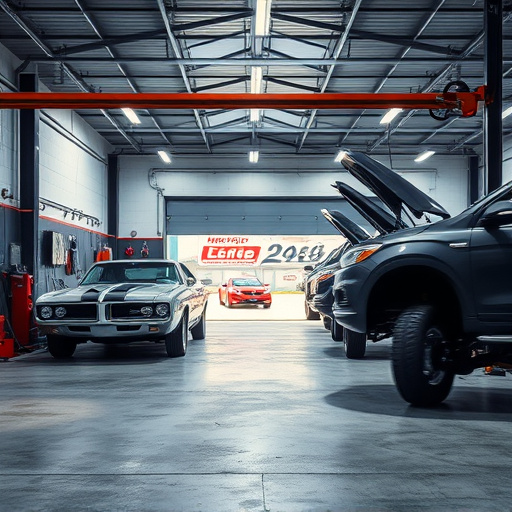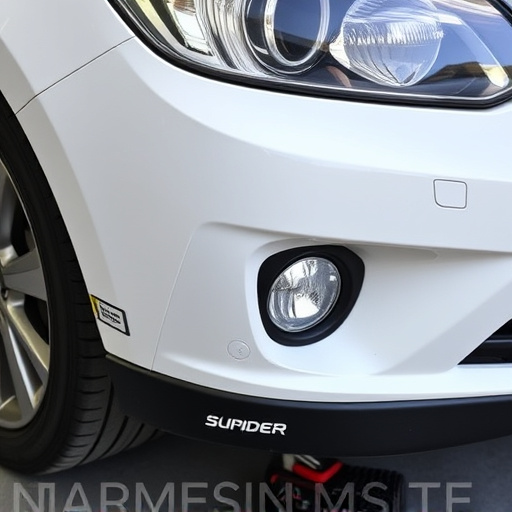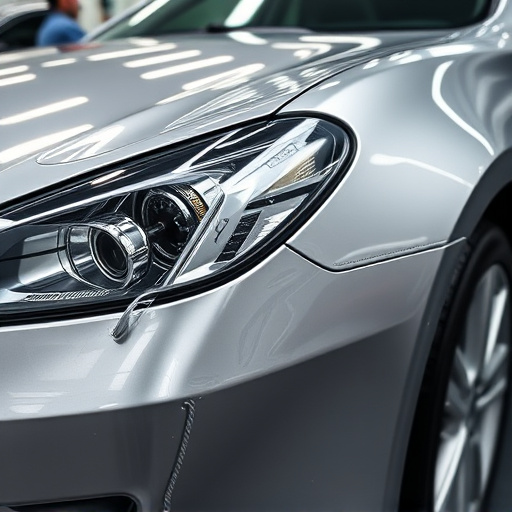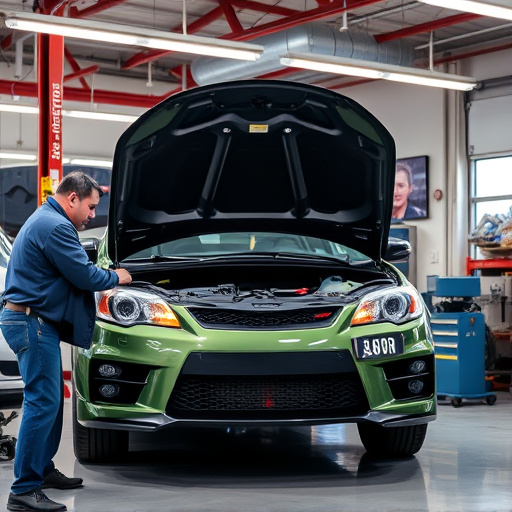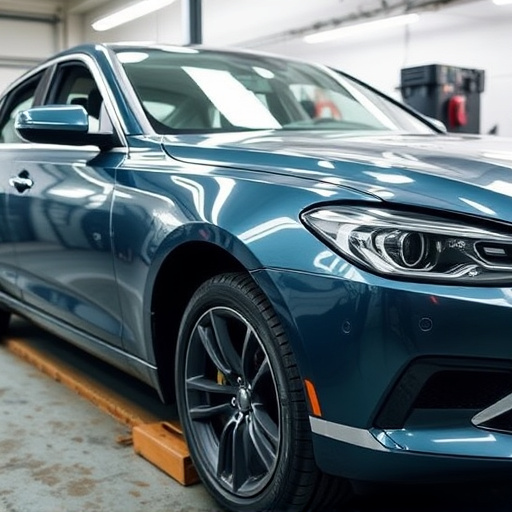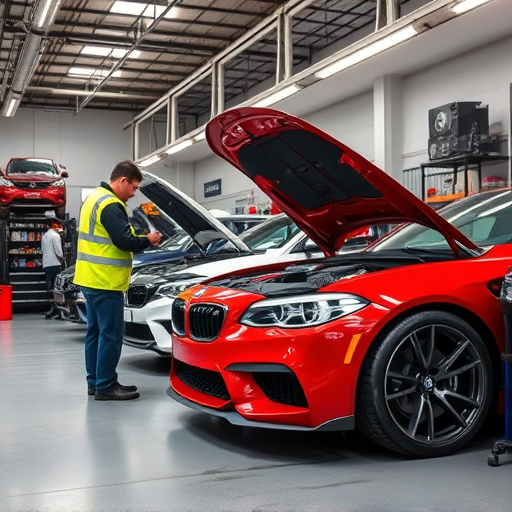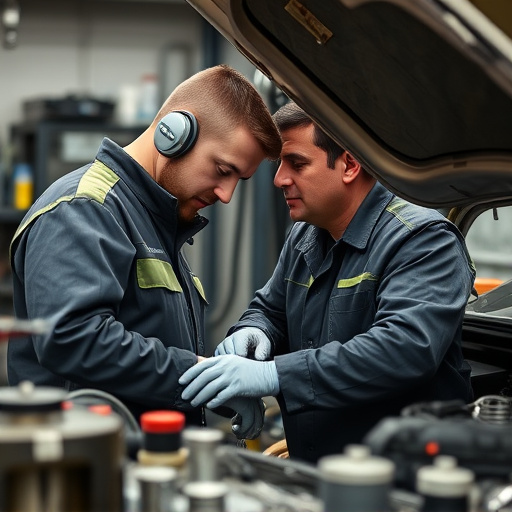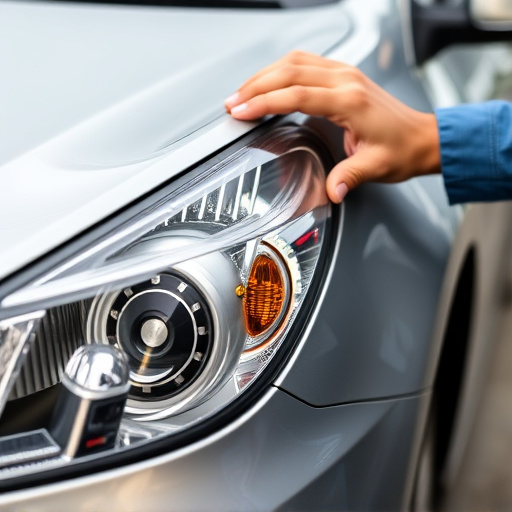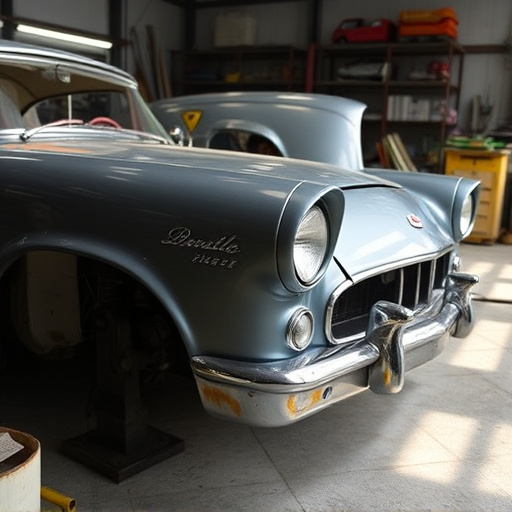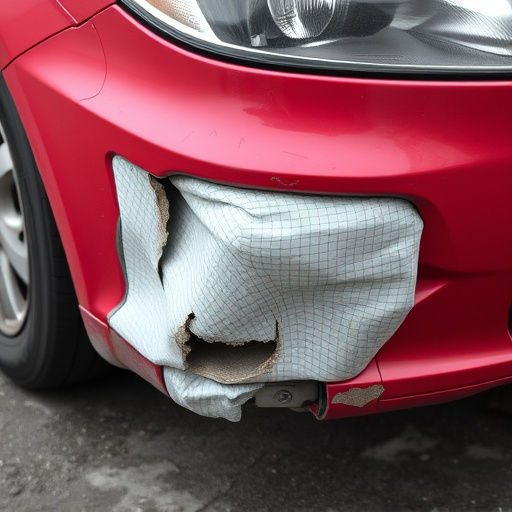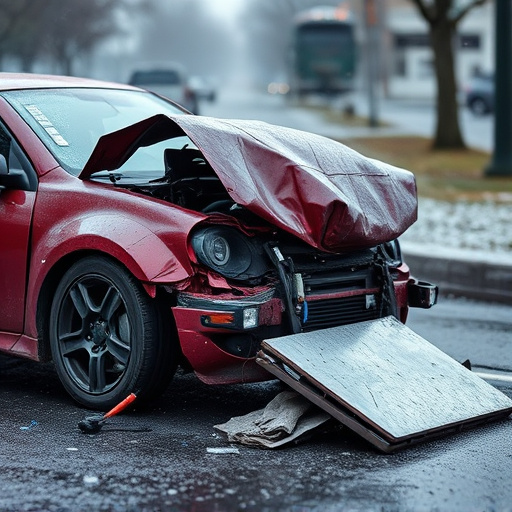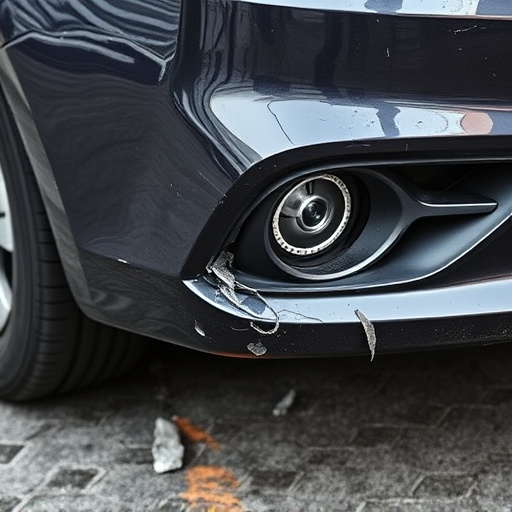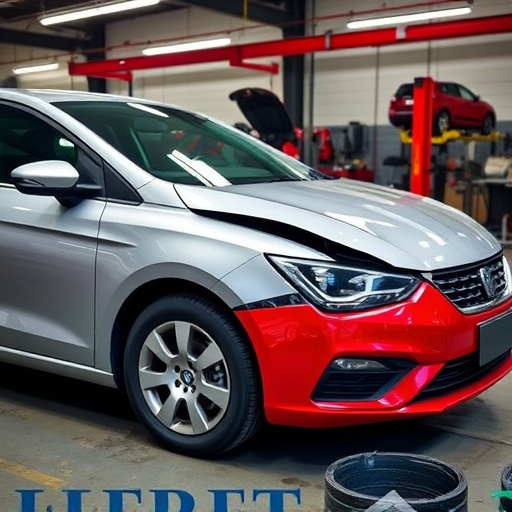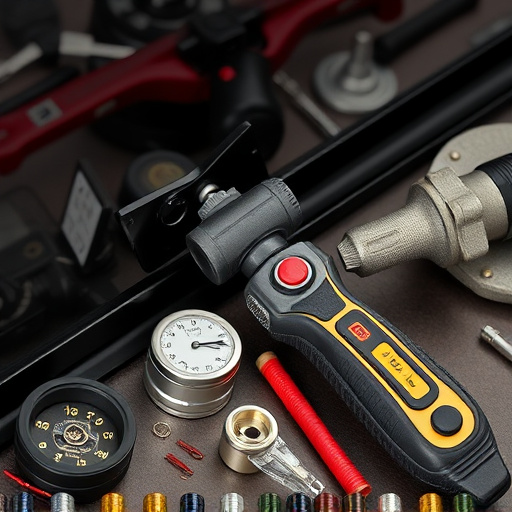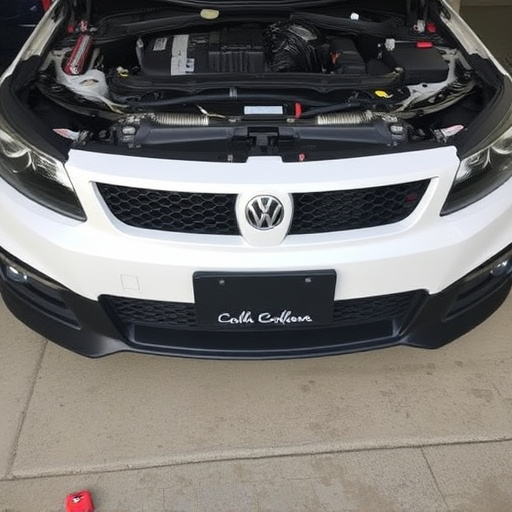Engine mount collision damage can deform or directly harm critical structural elements that connect engines to chassis, causing misalignment and premature wear. Thorough inspection by a qualified mechanic is essential; severe cases may require frame straightening. Diagnosing alignment issues involves visual inspections and understanding vehicle design. Advanced tools like paintless dent repair (PDR) effectively restore performance and safety standards after such damage.
After a collision, proper engine mount alignment is crucial for vehicle safety and performance. This article guides you through understanding and addressing engine mount collision damage. We explore common issues arising from such accidents and provide insights on assessing and diagnosing problems. Learn effective repair techniques to ensure optimal vehicle functioning and driving safety following accidental repairs.
- Understanding Engine Mount Collision Damage
- Assessing and Diagnosing Mount Alignment Issues
- Repair Techniques for Optimized Performance
Understanding Engine Mount Collision Damage
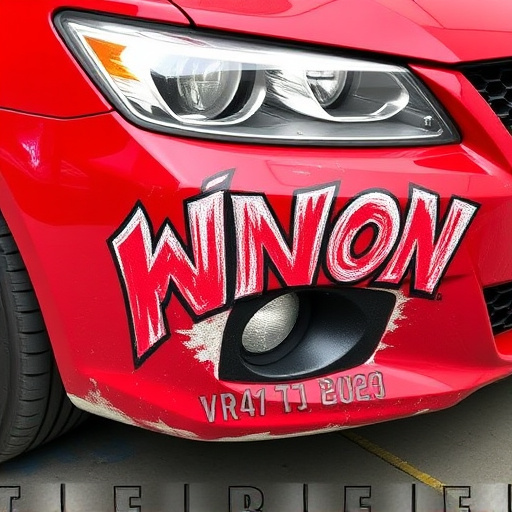
Engine mount collision damage can be a significant concern following an accident. When a vehicle undergoes a collision, the force of impact can cause various components to deform or sustain direct damage. Engine mounts, which are critical structural elements connecting the engine to the chassis, are often affected during accidents. These mounts play a crucial role in maintaining proper engine positioning and reducing vibration, ensuring smooth operation.
In many cases, engine mount collision damage may not be immediately apparent. However, thorough inspection by a qualified mechanic or automotive body shop is essential. Frame straightening techniques might be required to realign the engine and its mounts, especially in severe accidents where the vehicle’s frame has been distorted. For instance, Mercedes Benz repair specialists employ advanced diagnostic tools to accurately assess engine mount collision damage, ensuring that any repairs are carried out correctly to prevent future issues, such as engine misalignment or premature wear.
Assessing and Diagnosing Mount Alignment Issues
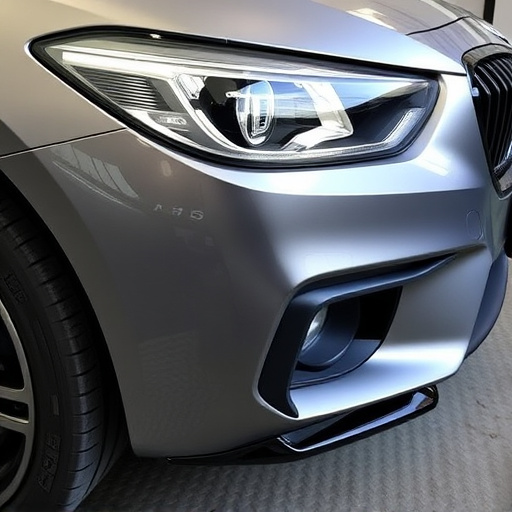
After an accident, assessing and diagnosing engine mount alignment issues is a critical step in any collision damage repair process. Engine mounts, which secure the engine to the car’s chassis, can sustain significant collision damage, leading to misalignment or even complete failure. During the inspection, technicians look for signs of deformation, cracking, or separation where the engine meets the mounting points. Visual examinations are often aided by advanced diagnostic tools that measure the alignment and identify any abnormalities.
Proper diagnosis involves a comprehensive understanding of the vehicle’s design and how engine mounts function within its structure. Technicians consider factors like suspension systems, steering components, and the engine’s weight distribution to pinpoint the source of any misalignment. This meticulous process ensures that car body repair work not only addresses visible collision damage but also corrects underlying alignment problems, ensuring optimal performance and safety once repairs are completed, including those for car collision repair.
Repair Techniques for Optimized Performance
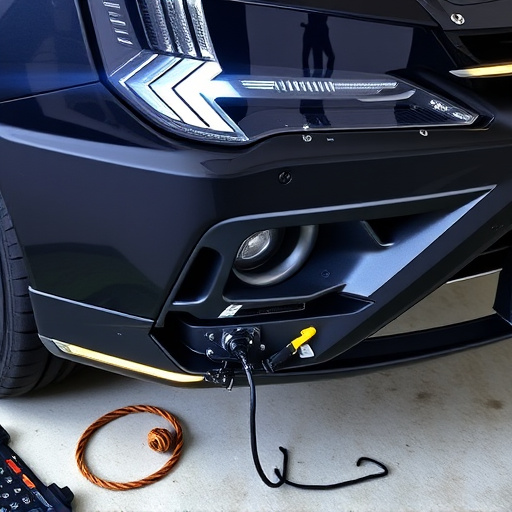
After an accident, engine mount collision damage can significantly impact a vehicle’s performance and safety. Repairing this type of damage requires precision and specialized techniques to ensure optimal performance. One effective method is using advanced alignment tools that precisely measure and adjust the engine mount position. This process helps reestablish the vehicle’s stability and balance, crucial for efficient power transfer and reduced vibration.
For vehicles experiencing handling issues or unusual noises following a fender bender, paintless dent repair (PDR) techniques can be employed to fix engine mount collision damage without extensive body work. PDR involves specialized tools that gently pull dents out from behind the panel, leaving minimal to no paint scratches. This non-invasive approach not only conserves original factory finishes but also helps maintain the vehicle’s structural integrity, ensuring top-notch performance and safety standards are met after the repair.
After an accident, proper engine mount alignment is crucial for safe and efficient vehicle operation. Understanding the specific type of engine mount collision damage and employing effective repair techniques ensures optimal performance and longevity of your vehicle’s power train. By assessing and diagnosing issues accurately, you can restore your car to its pre-accident condition, preventing future problems related to improper alignment.
